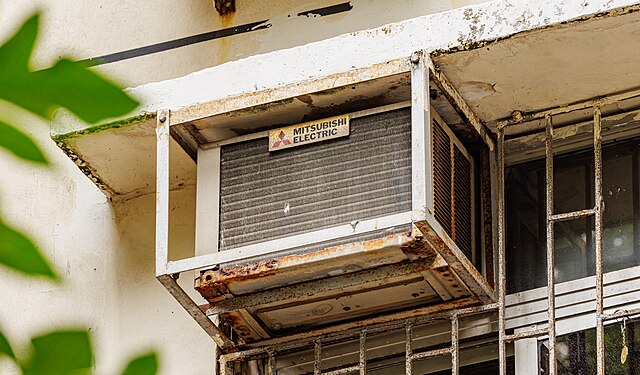Success in the aesthetics good faith exam depends on preparation, confidence, and understanding core concepts. A strong grasp of both practical procedures and theoretical knowledge ensures candidates approach the exam with clarity. Focusing on essential techniques, professional standards, and patient safety builds competence. Practicing consistently and revising key topics increases familiarity and reduces anxiety during the exam. Preparation also involves understanding equipment usage, treatment protocols, and documentation processes, which are crucial for demonstrating expertise. Being ready enhances performance and leaves a lasting impression on evaluators, showcasing skill, knowledge, and professionalism.
Understand Core Techniques
A clear understanding of fundamental good faith exam for aesthetics techniques forms the foundation of exam readiness. Focus on methods widely used in clinical and cosmetic practices. Key areas include:
- Skin Assessment: Identifying skin types and conditions accurately.
- Facial Treatments: Mastering techniques such as exfoliation, hydration, and rejuvenation.
- Injectables and Fillers: Knowledge of safe application and dosage.
- Laser Treatments: Understanding operational procedures and safety measures.
Regular practice with real or simulated scenarios strengthens confidence. Visual learning through diagrams and videos enhances comprehension and retention.

Prioritize Safety and Hygiene
Patient safety and hygiene are central to professional practice. Demonstrating correct protocols during the exam highlights responsibility and competence. Core safety measures include:
- Sanitization: Proper cleaning of hands, tools, and equipment.
- Personal Protective Equipment Perusing gloves, masks, and eye protection.
- Patient Comfort: Ensuring comfort and addressing concerns throughout procedures.
- Waste Management: Safe disposal of materials following guidelines.
Examiners look for consistent adherence to hygiene standards and precautionary measures, which reflects a strong professional mindset.
Efficient Time Management
Managing time during practical tasks is essential. Efficiency ensures all steps are completed without compromising quality. Tips include:
- Planning Steps: Mentally outline procedures before starting.
- Prioritizing Tasks: Handle complex techniques first if time allows.
- Practice Mock Exams: Simulate exam conditions to improve speed and accuracy.
- Stay Calm: Remaining composed ensures precise execution under pressure.
Time awareness prevents rushed work and demonstrates thoroughness and professionalism.
Documentation and Professional Knowledge
Accurate record-keeping and knowledge of professional standards are vital. Examiners assess both practical execution and understanding of protocols. Key points include:
- Treatment Records: Document procedures, products, and patient responses accurately.
- Consent Forms: Ensure proper communication and signed agreements.
- Regulatory Knowledge: Awareness of local and international guidelines.
- Continuous Learning: Staying updated on techniques and safety measures.
Final Thoughts
Preparation for the faith exam for aesthetics requires a balanced approach combining knowledge, practical skills, safety awareness, and professionalism. Key takeaways include:
- Master core techniques through practice and study.
- Prioritize patient safety, hygiene, and comfort.
- Manage time efficiently during practical tasks.
- Maintain accurate documentation and understand professional standards.
Following these steps ensures confidence, competence, and a positive performance in the aesthetics exam, demonstrating readiness for a professional and rewarding career.




